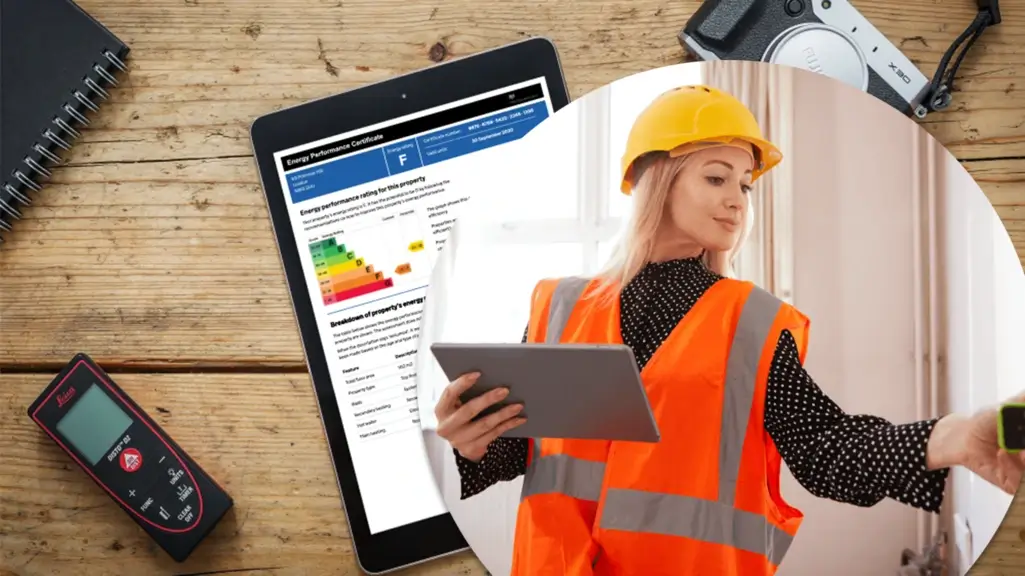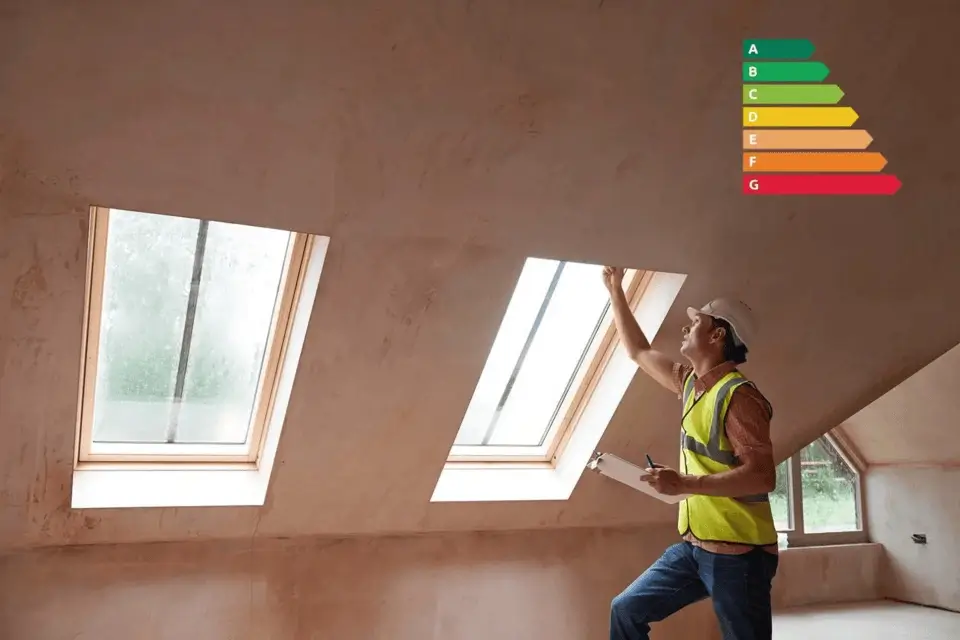What to Expect During an EPC Survey – Full Walkthrough
If you’re selling, renting, or managing a property, you’ll likely need an Energy Performance Certificate (EPC). But what actually happens during an EPC assessment? Whether it’s for a home or a commercial building, many property owners aren’t sure what to expect. Read our guide on what an EPC is and who needs one.
This guide explains the EPC assessment process step by step — from booking to certificate — and highlights key differences between residential and commercial surveys. It also offers simple preparation advice to help you get the most accurate result.

What Is an EPC Assessment?
An EPC assessment is a non-invasive energy survey carried out by an accredited assessor. It’s used to calculate how energy-efficient a building is and assign it a rating from A (most efficient) to G (least). It’s a legal requirement before marketing most properties for sale or rent in the UK.
Assessments usually take between 30 minutes and 2 hours, depending on property size and complexity.
What Happens During the Assessment?
The assessor carries out a structured, visual inspection of the property. No drilling, testing, or damage is involved — they simply gather information to feed into official EPC software.
Here’s how a typical assessment unfolds:
1. Initial Measurements & Floor Plan
The assessor begins by sketching a basic floor plan and taking internal measurements. This helps calculate the total floor area and layout — key factors in determining heat loss.
2. Inspecting Walls, Roof & Insulation
They’ll identify the building’s construction type (brick, stone, timber frame) and check for insulation:
- Loft insulation (depth)
- Cavity wall insulation
- Suspended or solid floor types
3. Windows & Glazing
Each external window and door is assessed for glazing type — single, double, or triple. The age and coverage of double glazing are noted.
4. Heating & Hot Water Systems
Your main heating system (boiler, heat pump, etc.) is examined. The assessor records:
- Make, model, and fuel type
- Age and controls (e.g. thermostats, timers, TRVs)
- Hot water systems and tanks
- Secondary heating (e.g. log burners)
5. Lighting
They count fixed light fittings and identify which use low-energy bulbs (e.g. LEDs or CFLs).
6. Renewables & Special Features
If your property has solar panels, heat pumps, or other renewables, these are recorded. They can boost your EPC rating.
7. Photographic Evidence
The assessor will take photos of key features (boiler, insulation, meters, controls) to support the data entered into the EPC software.
Residential vs Commercial EPCs: What’s the Difference?
While both types of EPC assess energy performance, they’re calculated differently.
Residential EPCs focus on estimated running costs and are assessed using RdSAP software. These assessments are generally quicker, often completed in under an hour.
Commercial EPCs are based on estimated carbon emissions and use SBEM or DSM software. They tend to be more detailed, especially for larger buildings with complex heating, ventilation, and lighting systems. As a result, commercial assessments can take significantly longer. For a full breakdown, see what a commercial EPC is and why it’s required.
The core process remains similar, but the commercial version often involves gathering more technical data and may require more time on site.
What Happens After the Visit?
Once the assessment is complete, the data is entered into EPC software to generate your building’s energy rating. The certificate is then uploaded to the national EPC register and sent to you by email — often the same day or within 24–48 hours.
The EPC will show your current rating, estimated energy costs, and suggestions for improving efficiency, such as upgrading insulation or replacing an old boiler. For landlords, a minimum rating of E is required to legally let a property.
How Long Does an EPC Take?
For most homes, assessments take around 30 to 60 minutes. Larger or more complex properties may take longer.
Small commercial units may take up to 90 minutes, while larger buildings or those with detailed HVAC systems can require several hours. Your assessor will give you a time estimate in advance based on the property.
Preparing for the EPC Visit
You don’t need to do much, but these small steps can help:
Ensure all areas are accessible — including lofts, boiler cupboards, and meters. Clear space around the heating system and hot water tank. If you’ve had recent upgrades, it helps to have documents like window certificates, insulation guarantees, or boiler install records available. Mention any renewables on the property so they can be properly recorded, and make sure electricity and heating systems are switched on.
While you don’t need to be there the entire time, it’s useful if someone is available for access and basic questions. You can also verify an assessor’s accreditation using the official GOV.UK energy assessor register.
Final Thoughts
An EPC assessment is quick, straightforward, and gives you a clear view of your property’s energy performance. Whether you’re a homeowner, landlord, or business owner, understanding the process helps you prepare and ensures the results are as accurate as possible.
Learn more about RdSAP 10 updates and how they will affect future EPC assessments.
Need an EPC? Our network of qualified, independent energy assessors handle both domestic and commercial EPCs. Visit the Areas We Cover page to find your local assessor.
